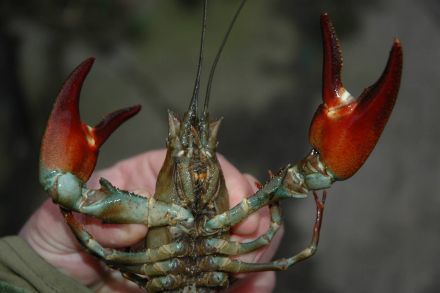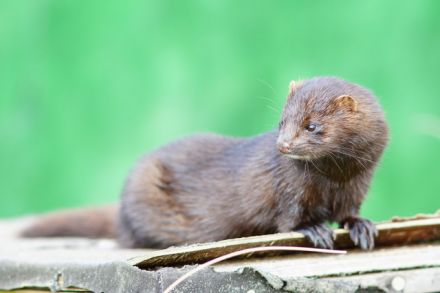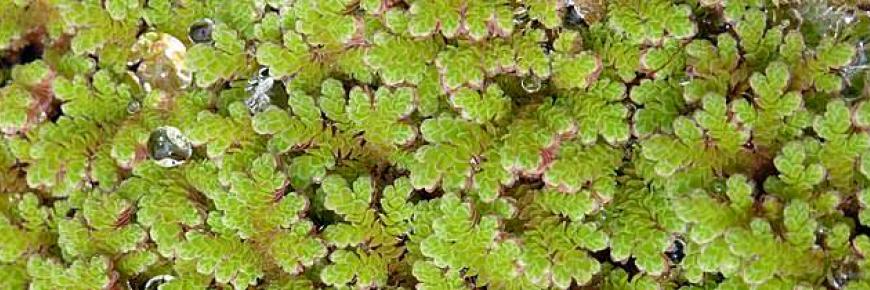Invasive non-native species
Invasive non-native species (INS) are plants and animals which have been moved outside of their native range and are causing ecological and/or economic damage.
INS are the second greatest cause of biodiversity loss worldwide (second only to habitat destruction), and are estimated to cost the global economy £1.4 trillion per year. Within Europe, the impacts of INS cost some EUR 12 billion annually (Kettunen et al. 2008).

The invasive signal crayfish (Credit: Trevor Renals)
Examples of INS include:
- Japanese knotweed Fallopia japonica - First introduced to Britain in the 19th century as an ornamental plant. It smothers native plants and its roots can damage buildings.
- American mink Neovison vison - Native to North America, mink were brought to the UK in the 1950s and farmed for fur. Escapes were common and a wild population soon established, leading to massive declines in native water vole numbers
- Himalyan balsam Impatiens glandulifera - Native to the Himalayas, this large annual plant with distinctive pink flowers now dominates riverbanks, reducing native biodiversity and promoting soil erosion
- Muntjac deer Muntiacus reevesi - Originating in Asia, these deer are now numerous across southern and eastern England. They graze on tender and succulent young plants, damaging crops and woodland and destroying vital habitat for native species

American mink (Credit: Peter Trimming)

